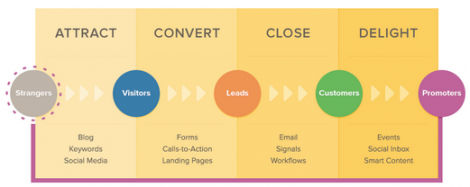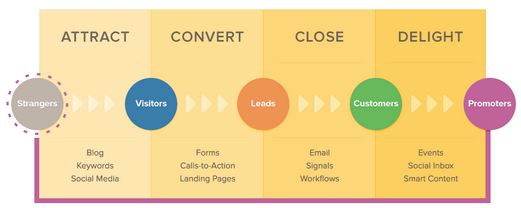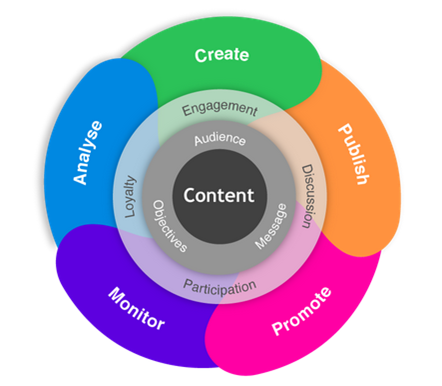Over the years content has stood in the wings without being given the priority that it has really deserved. We have all been distracted by building all our other digital skills, honing our plans to ensure we are optimised and integrated and all the while content has been there, begging to be the centre of the customer experience, so now finally content IS king and stands proudly at the core of all customer centric online activities. Content owns its own strategy and needs careful planning on where it’s going and how it will be packaged, further planning needs to take into account the type of channel you are delivering to for example if it’s the website or is it across social channels, is it directed at B2B or B2C and are there different demographics on different channels. It’s important to retain the same brand experience across all channels
Content is created by just about everyone e.g the publishing industry/media. Businesses and organisations of all kinds, you & me, all of us and it comes in a wide variety of formats including Text, Graphics, Videos/demos/animations, Games/widgets, Audio and In print and is just about everywhere Online, On signs, On the radio and so on. It should have some key attributes – be Useful and Usable for the User and Purposeful and Profitable for the Business.

Here are some top considerations for developing your Content Strategy.
1. Treat content like a critical business asset. It is one!
- Define real goals and success metrics.
2. Content needs dedicated oversight.
- Assign a content advocate.
3. It’s never too early to think about content.
- Invite your content advocate to your project kickoff meeting.
4. Understand our content’s environment.
- Content factors analysis.
5. Document our content ecosystem.
- Create content maps and audits.
6. Don’t underestimate the content creation effort.
- Create a detailed time and budget estimate.
7. Ask why. Start small.
- Measure all content requests against business goals.
8. Assemble the content team before the work begins.
- Create a resource/workflow plan.
9. Content needs care and feeding.
- Content quality assurance plan.
- Schedule regular audits of all content.
10. Be prepared for change.
- Create a governance plan and committee.





